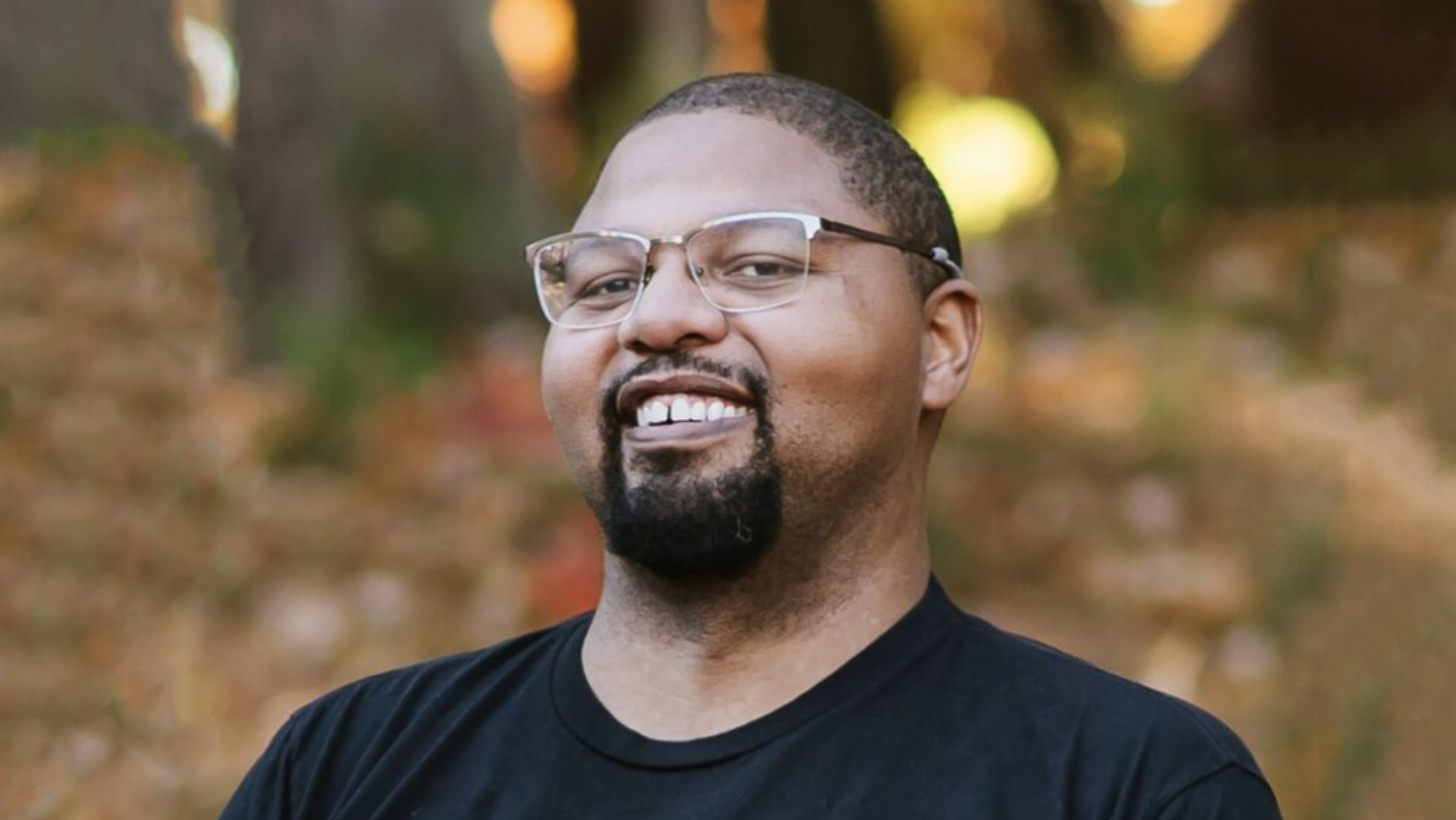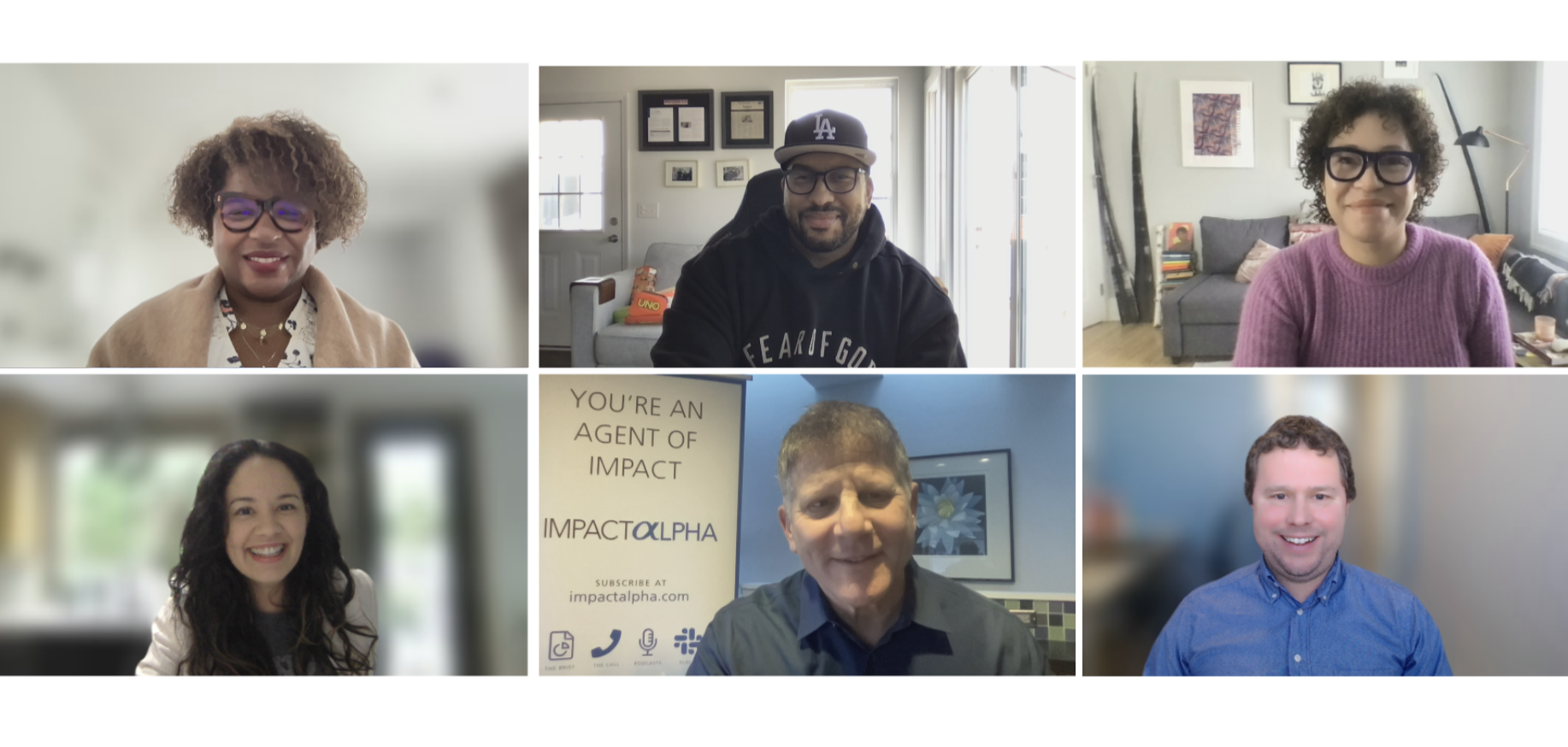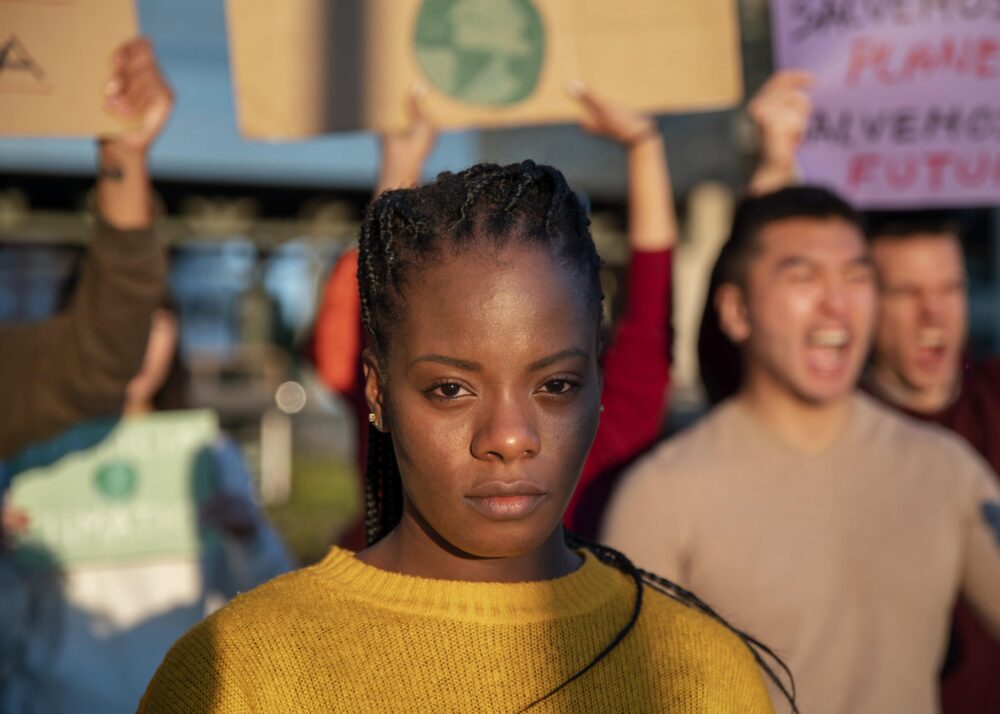Napoleon Wallace has a challenge.
After decades of developing racial equity and economic development strategies he knows what he is looking for in the Ownership and New Equity Fund, or FundONE, a project of the Southern Reconstruction Fund.
Opportunities like an equity investment into a mixed-use development in an historically Black neighborhood providing direct opportunities for personal and generational wealth through residential and businesses ownership.
Or like a fund to provide patient, equity capital to help Black entrepreneurs in the South with down payments to purchase the commercial spaces in which they operate.
But Wallace and his partner, Dorian Burton, are not sure how to measure the very early stage fund managers they are backing. Nor, by extension, how they should measure their own success.
“As we have been working through our goals around impact management, we have seen a need for metrics and reporting infrastructure that will allow us to compare inputs, outputs, and optimally, outcomes across various funds and concepts,” Wallace told ImpactAlpha in an email exchange (see, Napoleon Wallace, Agents of Impact).
Two-week sprint
“The headline population-level indicator we expect to track to assess progress towards that outcome in priority communities is ‘Quality Adjusted Life Years,’ disaggregated by race,” Wallace said. QALYs have been used for decades, not without controversy, in cost-benefit analyses of health interventions.
But the search for universal and convertible metrics created more questions than answers, Wallace said. “That led us to think about opening our question to a broader community and gamifying the process to see how much wisdom we could get from the crowds.”
The result is Metrics Madness, a two-week sprint by the Southern Reconstruction Fund, in partnership with ImpactAlpha, to identify the most relevant and useful metrics to track in investment strategies for racial equity and wealth-building.
This week, we’ll be soliciting nominations (via this short form) for key metrics, as well as assembling and organizing existing approaches and the research literature.
Next week, we’ll ask Agents of Impact to help force-rank and synthesize the approaches to help forge a rough consensus that could be applied to other ventures and funds as well. The voting, and the debates, will come to a head on Call No. 50, Wednesday, March 29 at 10am PT / 1pm ET / 6pm London (RSVP today).
Roster of metrics
Thanks to all who already have contributed metrics. Ben Bingham of 3Sisters Sustainable Management proposes reductions in the use of emergency rooms by uninsured and underinsured patients. Nuveen’s Roberta Lobo advocates for the mean racial pay gap for full-time employees.
Karin Chamberlain of Clean Yield Asset Management suggests suggests as a model Boston Impact Initiative’s investments in community-owned or controlled real estate to prevent displacement. “By using catalytic, integrated capital, communities of color will build intergenerational wealth and collective power,” Boston Impact states on its website.
Toniic’s Adam Bendell reported on the organization’s approach, informed by the work of the Donors of Color Network’s Climate Justice Pledge. Investing for racial equity, Bendell said, should be tracked on three indicators: percentage of assets managed by majority asset-managers or color; the percentage of 2. Percent of assets invested in enterprises majority-owned and led by people of color; and percentage of assets invested in enterprises in which at least 50% of customers live in marginalized communities.
And thanks as well to ChatGPT, which offered a concise summary of eight possible metrics, including wealth-gap reduction, home and small-business ownership rates, increases in access to education and training, access to financial services, poverty rates, income levels and health outcomes. Helpfully, ChatGPT also provided the metrics’ identifier numbers in frameworks such as IRIS+.
Promise unfulfilled
In a Q&A with ImpactAlpha conducted via email, Wallace helped put Metrics Madness in a broader context. Additional information was sourced from the FundOne website.
ImpactAlpha: FundOne is a project of the Southern Reconstruction Fund and, as you say on the website, “It is long past time to realize the promise of Reconstruction” (see ImpactAlpha’s coverage, and podcast series, The Reconstruction). How do you see that promise of Reconstruction, and why root the work in that historical, post-Civil War period?
Wallace: We’ve all heard the tragic story of the Tulsa Massacre and the destruction of the historic Black community of Greenwood. As a native North Carolinian, we grew up on the story of the Wilmington Insurrection of 1898 when a group of racist perpetrators overthrew the South’s most progressive local government, led by a black and white fusion government, in our country’s only coup d’etat.
When all was done, 300 black citizens were dead, a vibrant multi cultural economic and social center was destroyed, and the promise of Reconstruction was left unfulfilled. Later this year, we will observe the 125th anniversary of this dreadful stain on the soul of our nation.
Sadly, many Americans, especially people of color and low-wealth residents across the South, are still awaiting the arrival of their reconstruction. Social, political and economic mobility represent the three legs holding up the promise of Reconstruction. The pursuit of this promise through the investment of our time, energy, love and capital is our best path to liberation for the communities, institutions and people that remain bound by the gravity of this specious maelstrom of oppression.
ImpactAlpha: You’ve recently allocated a small pool of capital to help develop the investment theses and form the management companies of emerging fund managers piloting novel impact investment strategies focused on inequality, climate justice and health equity in low-wealth and BIPOC communities. Why are such early-stage managers better positioned to find those novel models? Are those managers not otherwise finding backing?
Wallace: There are many many reasons why the thesis development and fund formation phases are notably underfunded. We see two structural barriers that slow and limit funding at this stage.
From a relational perspective, “thesis funding” is basically the pre-seed of the fund formation world. At this point, you are essentially funding the individual based on their lived experience and the possibility that, given a little dedicated time, that they can distill a critical insight about how the world works that is insightful, impactful and investable.
Funding at this point requires a trust in, aspiration for and recognition of the untapped potential of managers in which you invest that it falls somewhere between a familial and a tribal level of faith. Accordingly the capital that moves at this stage is generally friendly and family.
We all know how wealth falls along racial, educational and even geographic lines. These two phenomena conflate to keep many novel and impactful fund concepts that are living in the imaginations of BIPOC and low-wealth potential fund managers just out of reach of the capital they need to bring their investment theses to market.
ImpactAlpha: You describe the fund as the engine of a 10-year strategy “to scale the capitalization and capacity of Southern communities,” and help all people across the American South to experience whole community health, wealth, and resilience. What are your broadest, most ambitious goals?
Southern Reconstruction Fund: Because racial economic exclusion was so forcefully and consistently applied in the South, many southern cities present outsized investable opportunities that have the potential to generate deep impact and quality returns for the community. Yet, equity — the capital market’s equivalent of a trusted handshake — remains largely distributed along racial lines. There are entire classes of wealth-building opportunities that remain out of reach for many across the American South.
The Ownership and New Equity Fund catalyzes novel models of ownership and development by providing “(W)Health Capital” to highly-capable but thinly-capitalized impact funds, projects and coalitions across the American South.
FundONE capitalizes highly-capable but under-resourced projects and coalitions across the American South by accelerating investment in emerging funds, supporting the geographic expansion of established place-based strategies, and launching proprietary vehicles to address unmet needs in the market. We leverage our proximity to community and deal-sourcing capabilities across Southern communities to generate significant impact-alpha returns.
In contrast to the more extractive forms of traditional capital investments, our equity is patient, affordable and flexible, giving our investees the time, space and trust to fully direct and pursue their own visions of impact and prosperity.
We focus strategically on southern states, including Alabama, Arkansas, Florida, Georgia, Kentucky, Louisiana, Maryland, Mississippi, North Carolina, South Carolina, Tennessee, Virginia, and Washington, D.C.
ImpactAlpha: You’re keen to measure the impact of the managers you back and thus of the fund itself as a way to calibrate and refine the work. What are some of the metrics you’re thinking of tracking? What limitations or obstacles have you encountered?
Wallace: Given the broadness of our impact goals, we have looked at many potential metrics at the individual, household, business, fund, neighborhood and community levels. What we found is an universe of impact metrics that could be applied to individual investments and fund investments, and we received many from our partners and the community members where they are hoping to have an impact.
What we haven’t been able to uncover is a pool of metrics that have universality or meaning that they remained a meaningful measure of impact across investments or a metric that could act as a common standard of exchange that would allow us to interpret many metrics with a single measure.
The closest thing we heard was a recommendation from a health economist to consider using Quality Adjusted Life Years (QALYs are a well-established metric of clinical efficacy that uses a patient’s duration and quality of life post-intervention to determine the impact of an intervention).
The base which holds is that there are few impact goals that are as universal as a longer and happier life, and there are few outputs or outcomes that cannot be attributable to the estimated length and duration of life.
The highest logical hurdle is to think of the investment of capital as a potentially life-changing intervention.
Southern Reconstruction Fund: FundONE is designed to catalyze positive long-term population level outcomes in health and human services, economic mobility and inclusion, workforce and education, climate and environment and public kinship. Ultimately, Southern Reconstruction Fund and FundONE aspire for all people across the American South to experience whole community health, wealth, and resilience.
Understanding the impact of our investments and their effect on their communities requires a robust system of evaluation that provides useful information without being a distraction from their core activities. The headline population-level indicator we expect to track to assess progress towards that outcome in priority communities is Quality Adjusted Life Years, disaggregated by race.
Other illustrative metrics might include wealth-creation indicators like business and home ownership rates and economic mobility, and health indicators like healthcare coverage and quality or access to healthy food. For “Lived Environment,” the fund is considering park access and walkability, the ratio of housing costs to Income and access to affordable public transportation
ImpactAlpha: Metrics Madness is an experiment in sorting through the roster of possible metrics to find one or more that provide real insight and guidance in refining the thesis and the strategy. What are you hoping comes out of the tournament?
Southern Reconstruction Fund: We anticipate collaborating with evaluation experts and community partners to develop a holistic framework for measuring population level outcomes that ensures mutual accountability, integrity and effectiveness and is informed by local context.
FundONE fills a gap in a broader system of investors and investment strategies focused on closing the racial wealth gap, increasing access and opportunity for Black and brown fund managers, and contributing to a more inclusive economy.
FundONE’s investments focus on reimagining markets, capitalizing and catalyzing novel and restorative investment strategies that have been marginalized by mainstream capital markets and require support to scale, and capitalizing highly capable but under-resourced impact funds, projects and coalitions across the South. We position investment to create systems change that results in better, impact-driven, equitable outcomes.
Wallace: With all of this woke capital ESG backlash, I personally feel that folks have been left dispirited. FundONE will obviously see some direct benefit from crowd sourcing ideas and recommendations for our impact metrics from the sectors best. But along with that, we’re trying to push a little lighthearted happy out into the world .





